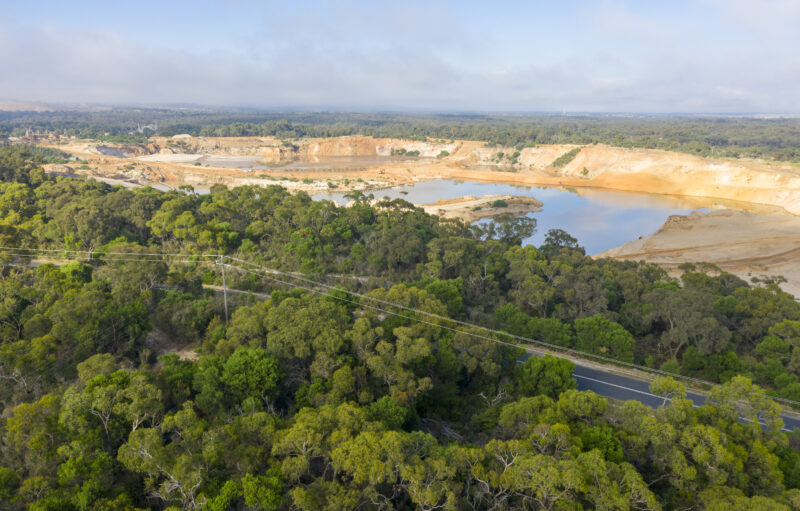NEWS 20 May 2025 |
It looks like the Allan Government has officially abandoned Victoria’s decades long legacy of evidence-led nature protection. Contradictions in policy positions continue to undermine nature and the very survival of threatened wildlife.
The Great Outdoors Taskforce (GOT) latest update prioritises reform of state forests over giving threatened wildlife and landscapes higher levels of protection.
After a 180-degree flip on bold nature promises, the State Government appears determined to throw tested and respected conversation models out the window in favour of ‘improving state forest management systems’.
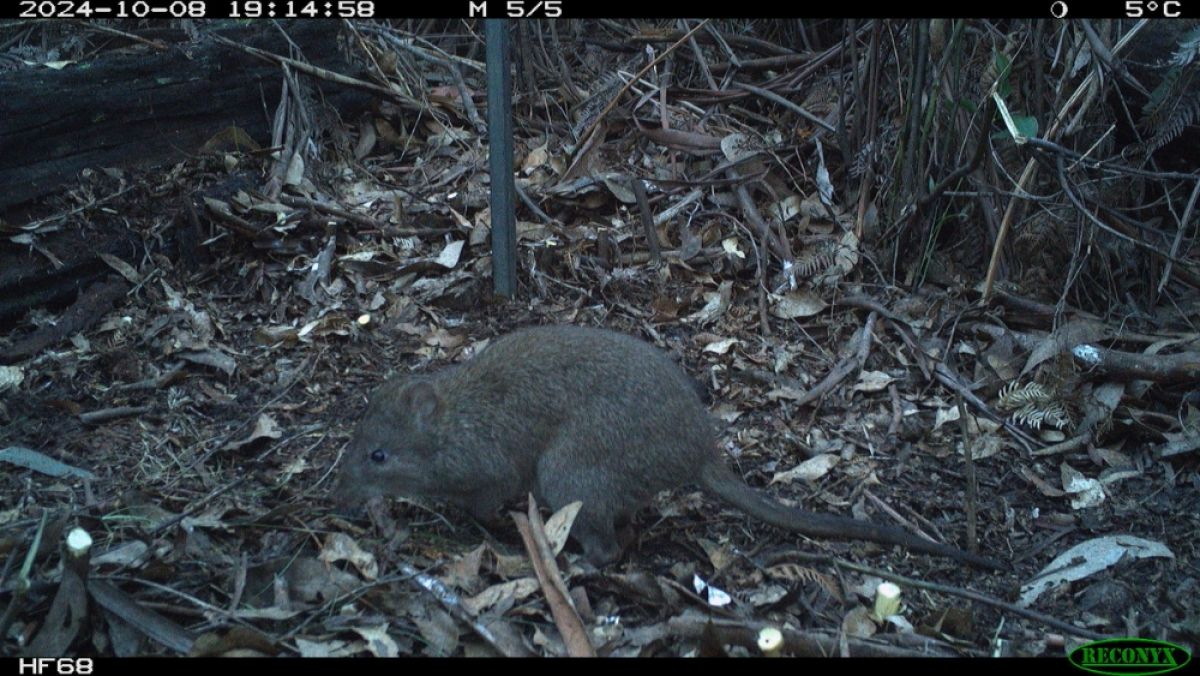
This contrary position is riddled throughout VEAC’s latest desktop assessment. The report looked at the ecological, social and economic issues that define Victoria’s eastern state forests.
Many of these reaffirm existing gaps and issues with how state forest are currently managed. These include:
- enabling and accelerating local partnerships and multi-stakeholder decision-making
- a long-term vision and strategy to manage state forests for multiple values and shared outcomes
- establishing clear partnership roles and responsibilities for forest land managers and users
- healing country and managing forests in ways that combines conservation science, forest science, local and Indigenous knowledge
- addressing infrastructure and investment gaps for recreation and tourism
- education and behaviour change for forest users
- closing legislative ‘loopholes’ that could revive native forest logging
- adequate and long-term funding for all of the above.
While rich in weasel words, some of these principles are exactly what national parks and the conservation estate are designed to achieve.
Meanwhile, the Great Outdoors Taskforce is operating with little transparency. The Taskforce says it engaged with 185 stakeholder groups and/or organisations during its consultation period. The Engage Victoria Future of Victoria’s State Forests survey received 4,149 public submissions, but the taskforce has not shared the results.
Originally scheduled to deliver its findings this month (May 2025), they’ve now pushed this back to mid-2025. Despite this, the taskforce goes on to state that ‘The breadth of feedback received made it clear that more impact could be achieved by making recommendations to improve state forest management systems, instead of focussing on changes to land tenure’.
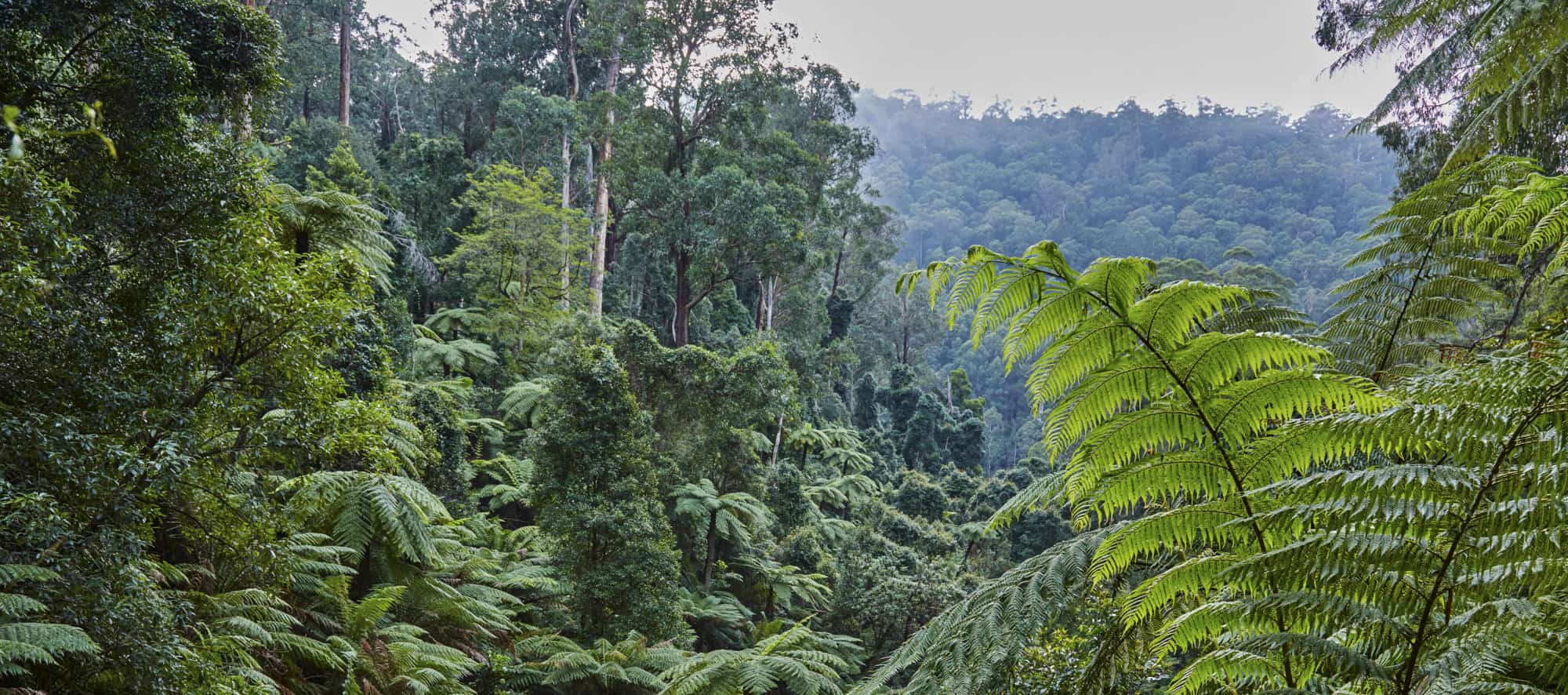
VEAC and the Corner of Contrasts
VEAC describes the complex and rich web of life in East Gippsland as a ‘Corner of Contrasts’ ‘for the unique diversity of environments and bioregions found in a relatively small area’. It highlights what conservation groups have long known:
• Eastern Victoria’s magnificent unique forests have great geological, ecological and climatic diversity. These forests have significant cultural, social and economic values.
• The forests are habitat for several hundred threatened plants and animals, like Long-Footed Potoroos, Greater Gliders, Powerful Owls and Orbost Spiny Crayfish.
• The legacy of native forest logging, climate disruption, inappropriate fire regimes, invasive species and poor management all threaten these forests.
• There are several hundred Ecological Vegetation Classes (EVCs), many inadequately represented in Victoria’s protected area system.
• Various threats to natural, social and cultural values, as well as issues associated with recreational uses in forests.
Along with nature conservation, recreation is now the dominant use of Victoria’s public land. Yet recreation is the only major use lacking statewide spatial data to inform decision-making: ‘Population growth and increasing recreational demand will necessitate careful planning to balance access with protection of sensitive environments.’

The report notes that ‘without the bulwark of adequate representation in protected areas elsewhere, these important ecosystems contain irreplaceable biodiversity that is, in many cases, unique or rare and prone to threats’.
Which again begs the question: why has the Victorian Government ditched effective national parks models for a watered down and untested reform.
Treasure troves of rare plants and threatened animals
Three areas of irreplaceable wildlife habitats are identified: the Errinundra Plateau, corridors between Coopracambra and Croajingolong national parks, and the Colquhoun State Forest. West of Licola, exceptional nature conservation values compete with mineral deposits.
The report makes general points that include:
- The native forest logging industry’s legacy of damage requires careful management, such as failed restoration efforts.
- Climate disruption and its interactions with fire, pests, diseases and damage by inappropriate activities are key threats.
- Integrating Indigenous knowledge of country alongside conservation science and social needs.
- Applying principles of resilience, like reducing fragmentation and safeguarding ecological diversity.
- Improving connections in the landscape and between people, learning and participation.
VEAC’s report only looked at some threatened forest-dependent wildlife, leaving out several critical plants, animals and communities. Nature conservation groups flagged a similar problem with VEAC’s Central Highlands study, but those concerns appear to have been ignored again.
Among overlooked wildlife are Critically Endangered Barred Galaxias (a rare native fish found around Mt Stirling part of investigation area), Vulnerable White-footed Dunnarts (a small marsupial), Endangered Lace Monitors (a large lizard), and even iconic but Vulnerable Platypuses.
How can you make the right recommendations for protection if you don’t account for all the threatened wildlife that depends on them?
The report makes bold claims without backing them up. For example, it states that ‘moving away from centralised governance will help our forests and communities adapt to challenges’ but never explains what this actually means or how it would work in practice.
This vague approach is concerning and appears to echo the Great Outdoors Taskforce’s position. The report doesn’t provide evidence or properly examine these ideas – something that would have happened during a full VEAC investigation.
How did we get here?
In 2023 the Allan Government promised to set up an advisory panel to ‘make recommendations…on the areas of our forests that qualify for protection as National Parks’.
The GOT’s original 2023 terms of reference even specify their role was to identify ‘priority areas for reservation change, including state forest areas, that could be declared as national park or another park category under the National Parks Act 1975′.
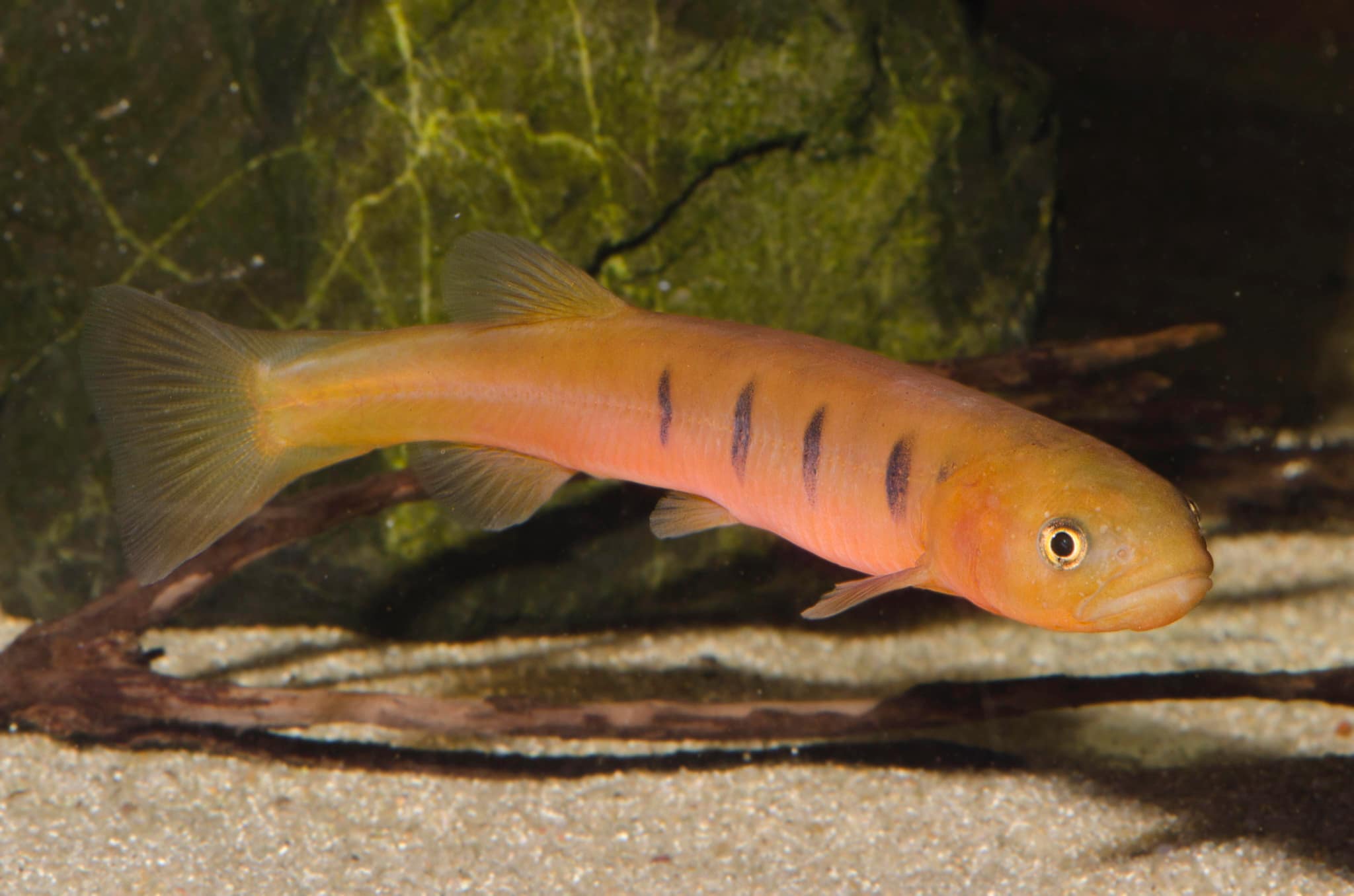
But by May 2025, after swapping an independent, expert council with a new group, Victorian Labor had ditched all ambition for much-needed nature protection. The GOT make a point of stating it won’t make ‘any recommendation for large-scale changes to land tenure, including not creating any new national parks’.
The end of native forest logging on public lands created a once-in-a-generation chance to protect Victoria’s iconic forests. By expanding our national parks system, we could have safeguarded these precious places from threats like mining and inappropriate development for generations to come.
We haven’t seen an opportunity this significant since the Cain/Kirner Government’s landmark protection of 1.9 million hectares across Victoria over 30 years ago, including the magnificent Grampians (Gariwerd) National Park and the Alpine National Park’s snow-capped peaks.
But when this historic moment arrived, Premier Jacinta Allan reversed her government’s earlier commitment to create ‘the largest reserves in Victoria’s history.’
What now?
Though this update is deeply disappointing, the need for new and expanded parks in eastern Victoria is clearer than ever. Protected areas are essential if nature is to once again thrive in Australia’s most cleared state. Without them we risk a future where White-footed Dunnarts and even Platypus can be found in museums and not in the homes they survived in for millenia.
Ruling out large-scale changes to land tenue or status, including the creation of new national parks not only defy public demand for more national parks, but uproot a history of evidence-based nature-positive policy.
Attempting to scrap the long standing non-partisan tradition of creating national parks may come to define the Premier’s leadership.
Despite the Allan Government’s change of heart, Victorians’ support for national parks remains strong. Conservation groups will continue working with local communities to establish a proper protected area system across eastern Victoria.
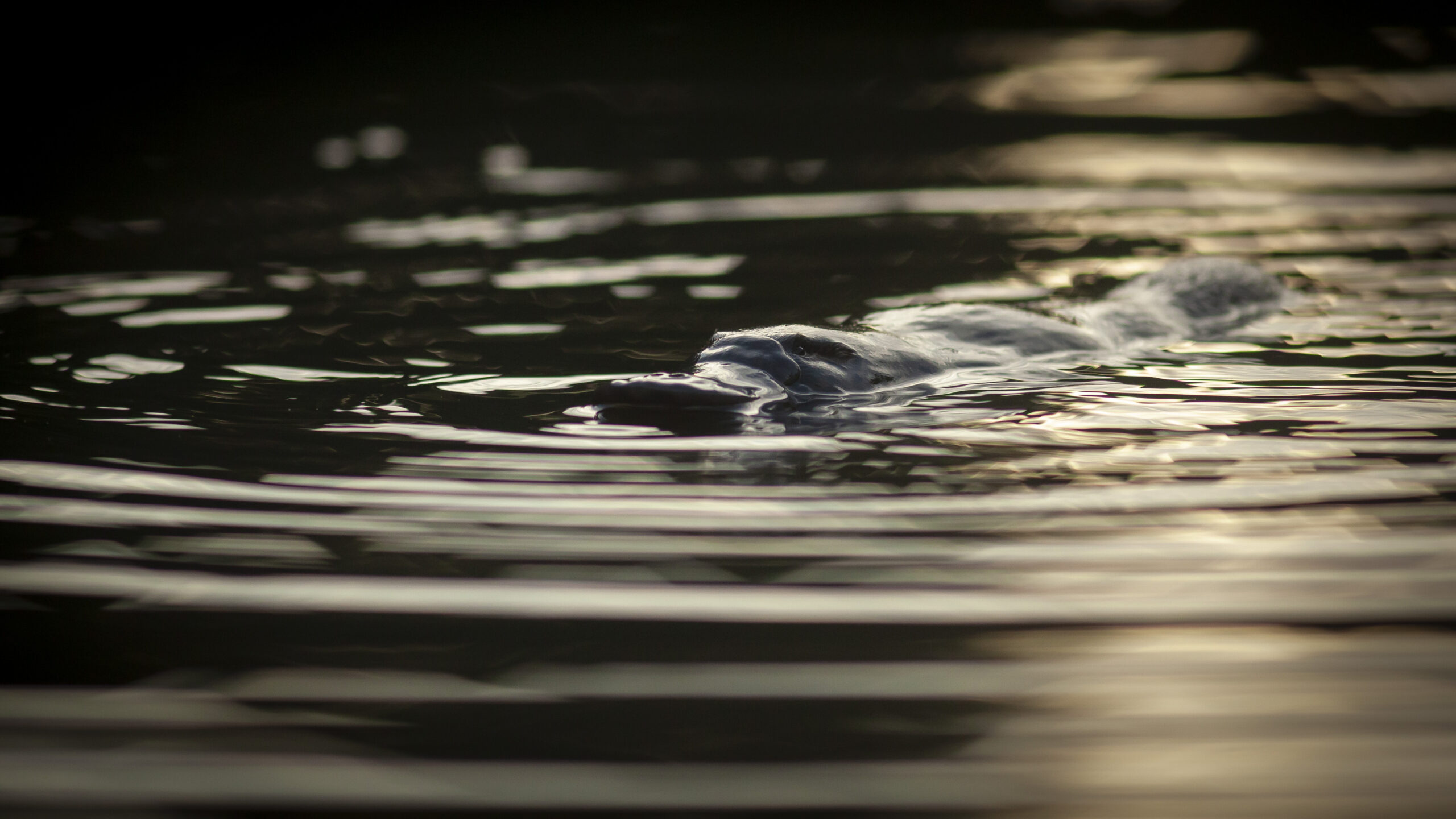
Subscribe to stay up to date with nature issues in Victoria.
Learn more:
- The Great Outdoors Taskforce
- VNPA notes that the eminent person panel for the Central Highlands response is also missing in action. The panel assessed the natural values of the proposed Great Forest National Park, with community engagement concluding in October 2024. Given the government’s track record of delays, many worry we won’t see action anytime soon.
